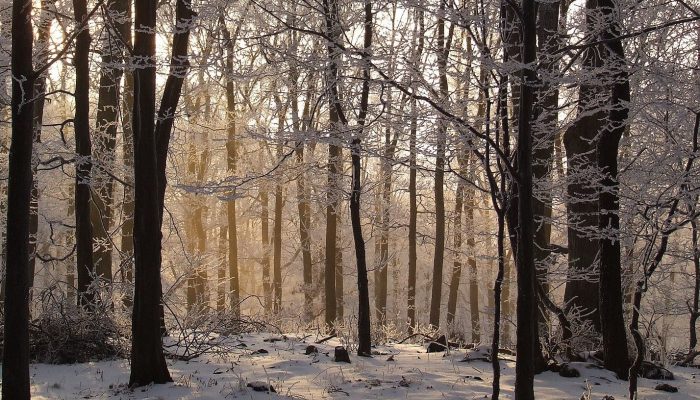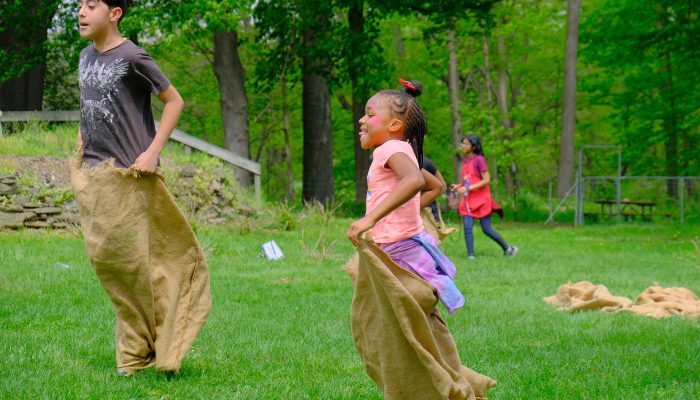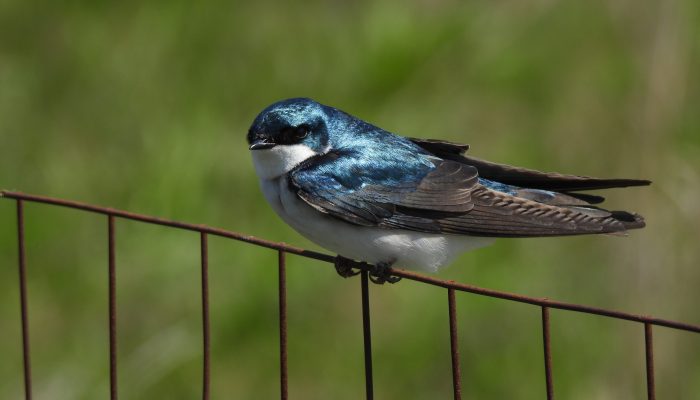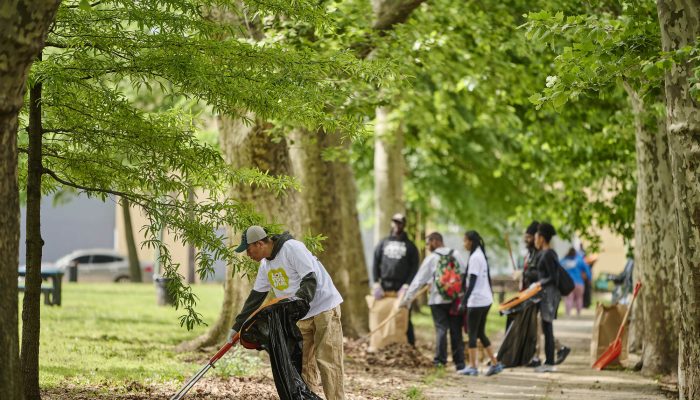At this point in the winter, you may be getting tired of snow. But did you know that snow creates an important space that benefits plants and wildlife?
As snow falls, branches, grasses, and other vegetation can hold up the snow in uneven patterns. This creates pockets between the snow above and the ground below. Snow that is deeper than six inches acts as an insulator. Think of it as a warm blanket, protecting the space below.
A unique underworld
This small area between the snowpack and the ground is called the subnivium. The word comes from Latin: sub meaning below, and nivis, the word for snow.
The subnivium becomes a microclimate where:
- The temperature stays stable, slightly higher than 32 degrees. This is just above freezing.
- The freeze and thaw cycles are less extreme.
- There is no wind.
What goes on down there?
In this warmer space, life takes refuge:
- Small rodents like mice and voles roam and feed freely.
- Some plants continue to grow.
- Fungi continue to decompose organic matter.
- Wood frogs hibernate below in this layer.
- There are even a few birds and porcupines that live in the subnivium.
Plants and soil also benefit from this layer. The lack of a hard freeze lets plant roots function. As the temperature warms, the snowpack slowly melts. This provides water for spring flowers.
Melting snow may even bring more nutrients into the soil. Atmospheric nitrogen and sulfur molecules attach to snowflakes. These are then released to the soil. The active fungi also release important nutrients to plants.
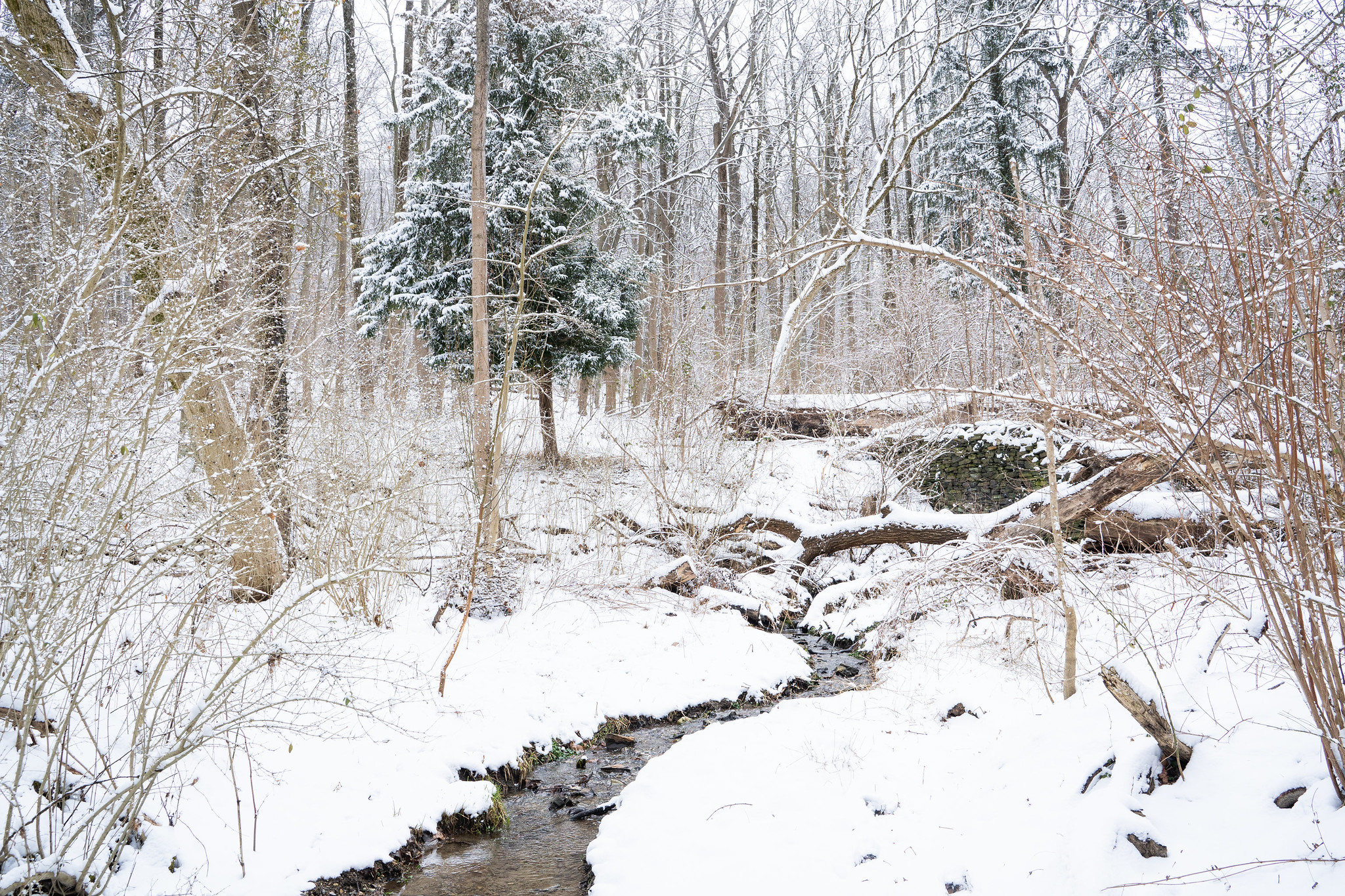
An endangered space
As the world is experiencing less snow due to climate change, a new field of study—winter ecology—is growing. Some scientists have looked closely at the subnivium.
They’re studying what happens if warmer temperatures and less snow keep the subnivium from forming. Here are some concerns that scientists are looking at:
-
- Animals may adapt by moving further north.
- Winter may become more of a stressor on animals’ well-being.
- Plants may also experience stress as freeze/thaw cycles affect their roots.
- Burrowing animals may experience more cold without insulation.
- Cold soils may affect spring planting by humans.
As modern scientists do their research, they’re not the first to notice the subnivium. Keen native observers already knew its importance. The Inuit peoples of the north had many names for snow. Snow blanketed their environment for most of the year. This allowed them to observe variations in the types of snow. They even had a name for the subnivium: the pukak.
Snowpack, subnivium, or pukak. Whatever name you call it, Parks & Rec has many acres where you can explore in the snow. So bundle up, put on your boots, and go for a hike!

